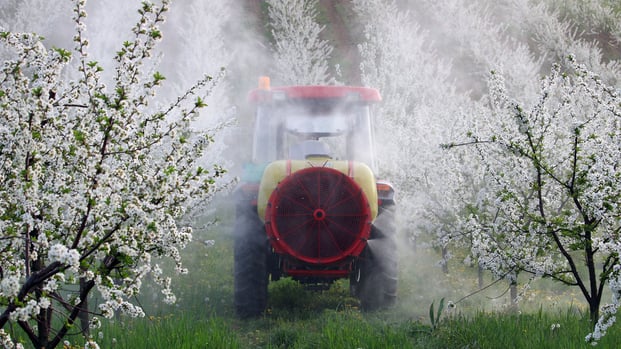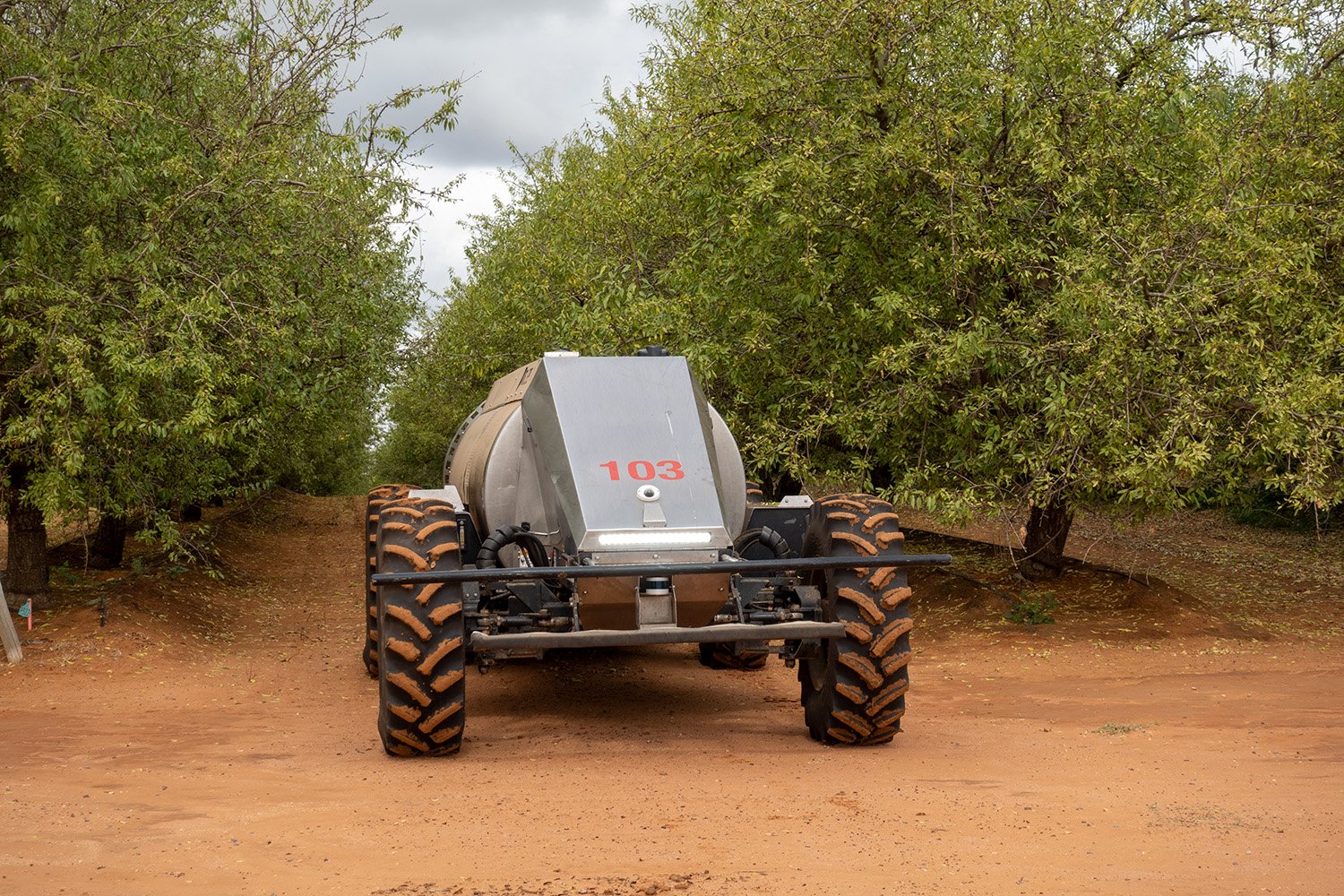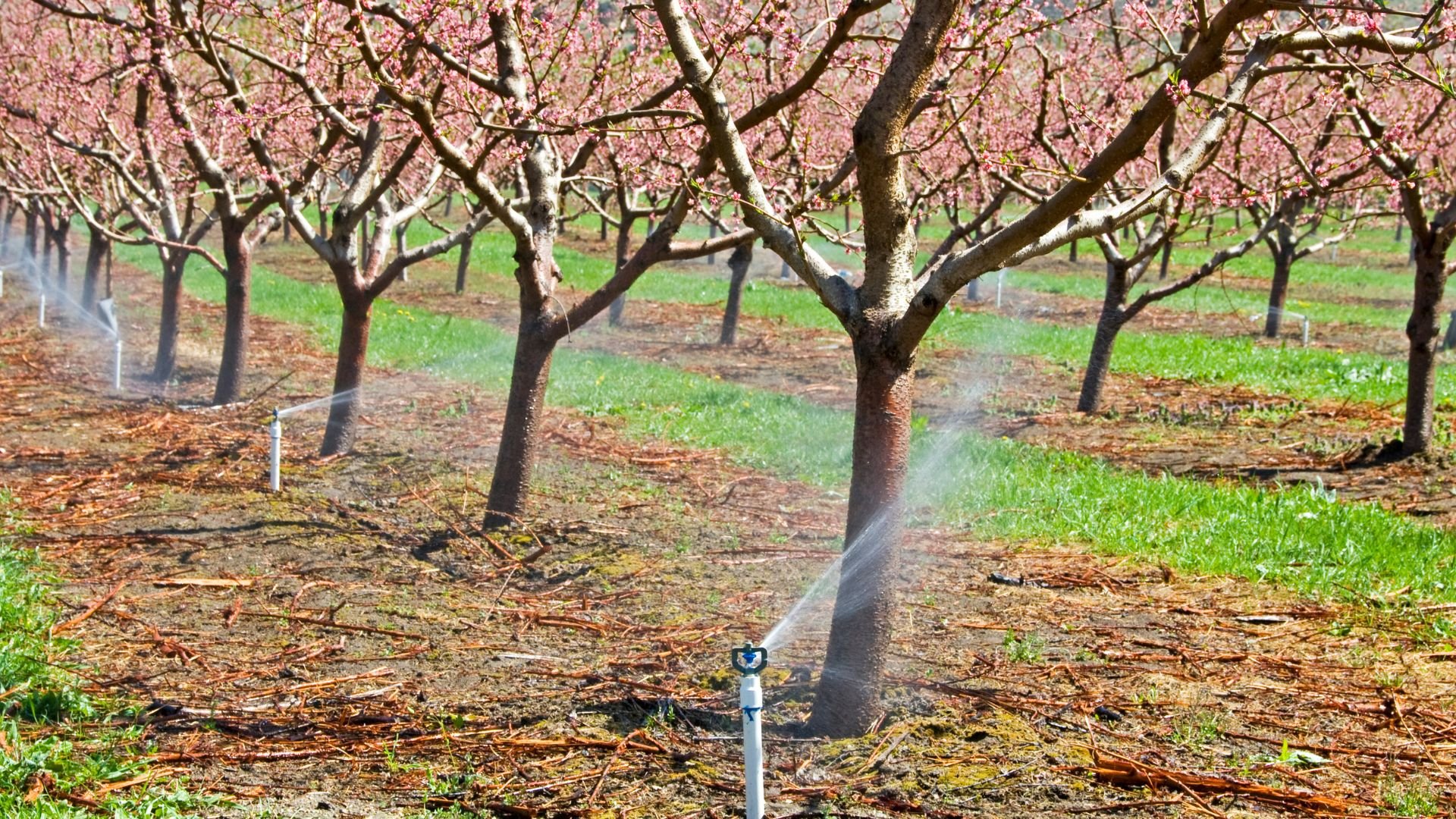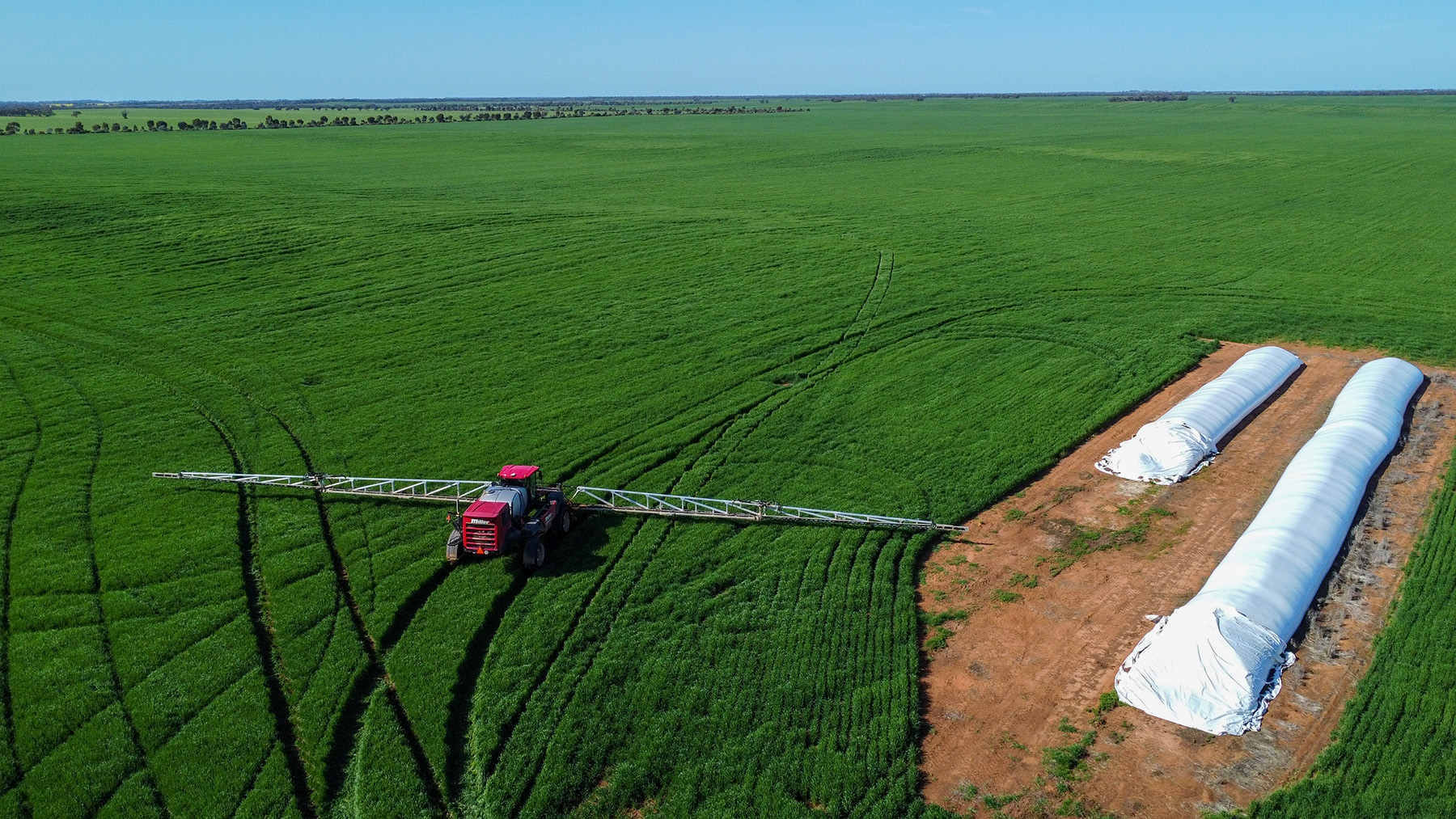Orchard and Viticulture Connectivity Deep Dive Series: Spray Drift and Stop Alerts
 Abagael Higgs Apr 9, 2024
Abagael Higgs Apr 9, 2024

The precise and careful management of spray and pesticides within orchards and vineyards is critical in ensuring the health and productivity of crops and the neighbouring areas and crops. Incorrect pesticide management and application can have significant legal implications, plus is a large resource drain and cost for orchard and viticulture businesses.
Connectivity technology, such as IoT, Wi-Fi, and 4G allow growers and agronomists access to real-time weather information for each farm’s unique microclimate, allowing growers to adjust their application in real-time and mitigate spray drift risks.
Spray Drift and Its Impacts
Spray drift is the movement of pesticide droplets or particles through the air to unintended targets like neighbouring crops, water bodies, or wildlife habitats. This phenomenon not only results in the wastage of valuable inputs but also poses significant risks and damage to non-target crops, water bodies, and environment. Managing spray drift is therefore crucial for growers to ensure the efficacy of applied pesticides and to mitigate adverse impacts.
Orchardists and viticulture growers have a legal and moral responsibility when it comes to pesticide application. Legally, they must adhere to regulations designed to prevent spray drift and its potentially harmful effects on crops such as cotton, vegetables, pulses, and public health and safety. Morally, they must protect neighbouring lands and sensitive environments from unintended exposure to chemicals.
Spray drift can result in millions of dollars of crop loss from neighbouring farms, as several recent high-profile cases across the country have demonstrated.
Connectivity and the implementation of advanced monitoring and alert systems are a crucial element to fulfilling these obligations effectively.
The Role of Connectivity in Monitoring Weather Conditions
At the heart of managing spray drift lies the ability to monitor and respond to changing weather conditions, particularly wind speed and direction. Connectivity, such as Wi-Fi and 4G/5G, ensures that on-farm weather stations are seamlessly linked, providing real-time data on local weather conditions. These stations play a critical role in detecting sudden changes in wind patterns that could lead to spray drift.
Automated Alerts for Timely Decision Making
With connected systems, especially connected weather stations, orchards and vineyards can now automate the process of monitoring weather conditions and implementing corrective actions. When wind conditions change beyond predefined parameters, the system can instantly send stop alerts to operators. This prompt notification enables operators to halt spraying operations, thereby preventing spray drift and ensuring the safety and effectiveness of pesticide application.
Harnessing Connectivity for Automated Machinery and Robotics
The integration of connectivity extends beyond weather monitoring to encompass orchard and vineyard machinery and robotics. For orchards and vineyards that utilise advanced technologies, connectivity facilitates the operation of automated and robotic sprayers. These machines, equipped with GPS and connectivity capabilities, can receive weather data and automated stop alerts directly. Upon receiving an alert, robotic sprayers can cease operations and return to their base, ensuring immediate compliance with safety protocols and minimising the risk of spray drift.
Enhancing Precision and Safety in Crop Spraying Practices
The ability to automate stop alerts and actions in response to adverse weather conditions exemplifies the precision and safety that connectivity can bring to crop spraying practices. By leveraging connected devices and systems, orchard and vineyard growers can optimise pesticide application, reduce waste, and meet legal and moral obligations. This level of precision and automation not only improves operational efficiency but also supports best farming practices.
Challenges and Considerations
Reliable connectivity is a significant challenge for many orchard and vineyard operations as they often fall outside the footprint of mobile coverage, making real-time data sharing and communication challenging.
With advancements in connectivity technology such as portable coverage extenders, Satellite Wi-Fi, 4G, these challenges can be overcome, connecting rural and isolated orchard and vineyard operations. Connected Farms offers Wi-Fi, portable Wi-Fi, Static Wi-Fi, Private 4G Networks, and Satellite options tailored for orchard and vineyard businesses so you can connect your operation and unlock real-time weather data and spray drift alerts plus more, such as make phone calls, use data, connect your staff!
Conclusion
By utilising connected weather stations and machinery, growers can achieve greater precision in pesticide and spray application, enhance safety, and meet best practices in the orchard and vineyard. Embracing connectivity will be key to addressing the challenges of spray and crop management.
Are you interested to see how connectivity can work on your orchard or vineyard? Check it out here for orchards and here for vineyards.
About Connected Farms
Connected Farms is dedicated to providing reliable and appropriate connectivity solutions to the agriculture sector. Located in Regional NSW, Regional South Canterbury NZ, and Regional Scotland UK our mission is to connect farmers, agribusinesses, and fisheries to enable digital agriculture, enhancing productivity, safety, and sustainability in farming operations across Australia, New Zealand, and the UK. For more information visit www.connectedfarms.co
Related Articles
Orchard and Vineyard Connectivity Deep Dive Series: Robotics and Autonomous Machinery
AgRobotics is a growing area in the orchard and vineyard sector, with many new AgRobotic manufactures emerging in this space. They are changing the ...
Orchard and Vineyard Connectivity Deep Dive series: Water and Soil Moisture Data in Real-Time
The precise management of water within orchards and vineyards is critical in ensuring the health and productivity of crops. Fluctuations in soil ...
Broadacre Connectivity Deep Dive series: Spray Drift and Stop Alerts
The precise and careful management of spray and pesticides within broadacre is critical in ensuring the health and productivity of crops and the ...





